Home>Gardening & Outdoor>Pool & Spa Care>How To Build In-Ground Hot Tub
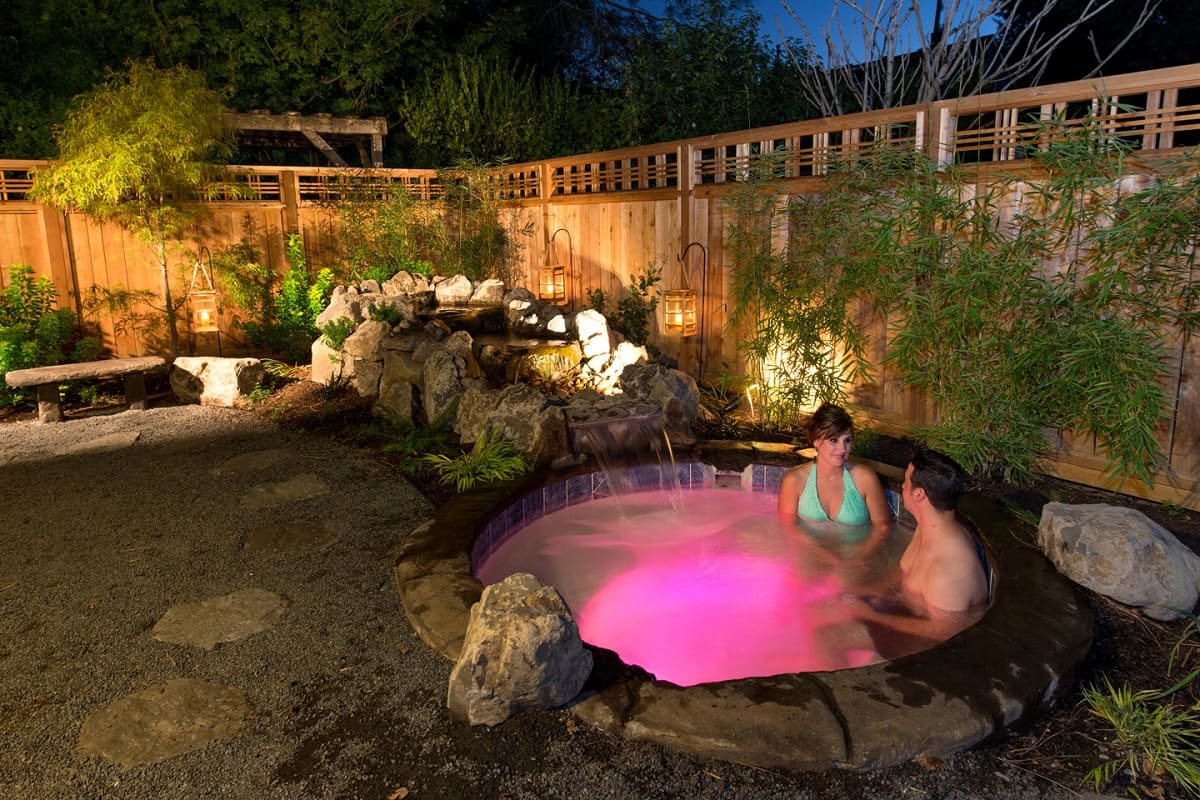

Pool & Spa Care
How To Build In-Ground Hot Tub
Modified: August 23, 2024
Learn the step-by-step process of building an in-ground hot tub and discover essential pool and spa care tips for maintenance and enjoyment. Explore expert advice and resources for creating your own relaxing oasis.
(Many of the links in this article redirect to a specific reviewed product. Your purchase of these products through affiliate links helps to generate commission for Storables.com, at no extra cost. Learn more)
Introduction
So, you've decided to take the plunge and create your own in-ground hot tub oasis. Congratulations! Building an in-ground hot tub is an exciting and rewarding project that can add a touch of luxury and relaxation to your home. Whether you're looking to unwind after a long day, entertain friends and family, or simply elevate your outdoor space, an in-ground hot tub can be a fantastic addition to your property.
In this comprehensive guide, we'll walk you through the step-by-step process of building your very own in-ground hot tub. From initial planning and preparation to the final touches and maintenance, we'll cover everything you need to know to bring your hot tub dreams to life.
Before we dive into the nitty-gritty details, it's important to note that building an in-ground hot tub is a significant undertaking that requires careful planning, attention to detail, and a willingness to get your hands dirty. While the end result will undoubtedly be worth the effort, it's essential to approach this project with a clear understanding of the time, resources, and expertise it demands.
Throughout this guide, we'll provide practical tips, expert advice, and insights gained from years of experience in the pool and spa industry. Whether you're a seasoned DIY enthusiast or a first-time home improver, we're here to support you every step of the way.
So, let's roll up our sleeves, grab our tools, and get ready to transform your backyard into a luxurious retreat with your very own in-ground hot tub. Get ready to embark on an exciting journey that will culminate in countless hours of relaxation, enjoyment, and cherished memories right in the comfort of your own home. Let's get started!
Key Takeaways:
- Planning and preparation are crucial for building an in-ground hot tub. Consider design, permits, site selection, budgeting, utility planning, and professional consultation to ensure a successful and compliant project.
- Building an in-ground hot tub requires meticulous steps, including excavation, plumbing and electrical installation, pouring the concrete base, installation, backfilling, landscaping, filling and testing, and ongoing maintenance for a luxurious and enjoyable retreat.
Read more: How To Build Hot Tub Surround
Planning and Preparation
Before you start digging or purchasing materials, thorough planning and preparation are essential for a successful in-ground hot tub project. Here are the key steps to consider:
- Design Considerations: Begin by envisioning the type of hot tub you want. Consider factors such as size, shape, seating capacity, and any additional features like built-in benches or custom lighting. Take into account your backyard’s layout and the desired integration with existing landscaping and outdoor living spaces.
- Permitting and Regulations: Check with your local building department to understand the necessary permits and regulations for installing an in-ground hot tub. Compliance with safety codes, setback requirements, and electrical regulations is crucial to ensure a legally compliant and safe installation.
- Site Selection: Choose a suitable location for your hot tub, considering factors such as privacy, accessibility, and proximity to utilities. Assess the ground conditions to ensure stability and proper drainage.
- Budgeting and Sourcing Materials: Create a detailed budget that accounts for all aspects of the project, including excavation, construction materials, plumbing, electrical work, and finishing touches. Research and source high-quality materials, equipment, and hot tub components from reputable suppliers.
- Utility Planning: Evaluate the proximity of existing water, gas, and electrical lines to the chosen site. Plan for any necessary rerouting or extensions of utilities to accommodate the hot tub’s requirements.
- Professional Consultation: If you’re uncertain about any aspect of the project, consider consulting with a professional contractor or a hot tub installation specialist. Their expertise can provide valuable insights and ensure that your design and construction plans align with best practices and safety standards.
By dedicating ample time to the planning and preparation phase, you’ll lay a solid foundation for a smooth and efficient in-ground hot tub construction process. Taking these initial steps will help you avoid potential setbacks and ensure that your final hot tub installation meets your expectations in terms of functionality, aesthetics, and compliance with local regulations.
Excavation and Site Preparation
With the planning phase complete, it’s time to roll up your sleeves and prepare the site for the in-ground hot tub installation. Here’s what you need to consider:
- Marking the Area: Begin by marking the outline of the hot tub on the ground using stakes and string. This will serve as a visual guide for the excavation process and ensure precise dimensions for the in-ground structure.
- Excavation Process: Using a backhoe or mini-excavator, carefully excavate the marked area to the required depth for your hot tub. Be mindful of any underground utilities and ensure that the excavation is uniform and level to accommodate the hot tub’s base and structure.
- Debris Removal and Grading: Clear the excavated area of any debris, rocks, or roots that could interfere with the hot tub’s placement. Properly grade the site to facilitate drainage and create a stable foundation for the hot tub’s structure.
- Compaction and Soil Stabilization: Compact the soil within the excavated area to ensure a firm and stable base for the hot tub. This step is crucial for preventing settling or shifting of the hot tub structure over time.
- Access and Safety: Ensure that the site is easily accessible for construction equipment and materials. Implement safety measures such as temporary fencing or barriers to prevent unauthorized access to the excavation area.
Excavation and site preparation are critical phases that set the stage for the successful installation of your in-ground hot tub. By adhering to precise measurements, proper grading, and soil stabilization practices, you’ll create an optimal environment for the next steps in the construction process. With the site prepared, you’re one step closer to enjoying the luxurious comfort of your very own in-ground hot tub.
Plumbing and Electrical Installation
As you progress with your in-ground hot tub project, the next crucial steps involve the installation of plumbing and electrical systems to ensure the functionality and safety of your hot tub. Here’s what you need to consider:
- Plumbing Layout: Plan the layout of the plumbing system, including the placement of jets, drains, and the connection to the hot tub’s filtration and heating components. Use high-quality PVC pipes and fittings designed for hot tub installations to ensure durability and leak-free performance.
- Filtration and Circulation: Install the hot tub’s filtration system, which may include a pump, filter, and heater. Ensure that the system is correctly sized to accommodate the water volume of your hot tub and that it meets the manufacturer’s specifications for flow rates and efficiency.
- Electrical Requirements: Work with a qualified electrician to plan and install the necessary electrical components for your hot tub, including the power supply, control panel, lighting, and any auxiliary features. Adhere to local electrical codes and safety standards to prevent hazards and ensure reliable operation.
- Grounding and Bonding: Implement proper grounding and bonding practices to safeguard against electrical hazards and ensure the safe operation of the hot tub. This includes bonding metal components, grounding the electrical system, and installing ground fault circuit interrupters (GFCIs) for added protection.
- Accessibility and Serviceability: Design the plumbing and electrical installations with future maintenance and service in mind. Ensure that components are accessible for inspection, repairs, and potential upgrades without compromising the hot tub’s structural integrity.
By meticulously planning and executing the plumbing and electrical installations, you’ll establish the essential infrastructure that powers and maintains your in-ground hot tub. Attention to detail, adherence to industry standards, and the use of quality materials and components will contribute to the long-term reliability and performance of your hot tub’s operational systems.
Pouring the Concrete Base
The construction of the concrete base for your in-ground hot tub is a pivotal phase that demands precision and careful execution. Here’s a detailed overview of the process:
- Formwork Preparation: Begin by constructing sturdy formwork to define the perimeter of the concrete base. Use high-quality lumber and ensure that the forms are level, securely braced, and accurately aligned with the hot tub’s dimensions.
- Reinforcement Installation: Place steel rebar or mesh within the formwork to reinforce the concrete base. This reinforcement enhances the structural integrity of the base and minimizes the risk of cracking or settling over time.
- Concrete Mix Selection: Choose a high-quality concrete mix suitable for outdoor applications and compatible with the local climate and soil conditions. Consider factors such as strength, workability, and durability to ensure a long-lasting base for your hot tub.
- Pouring and Finishing: Pour the concrete into the formwork, ensuring even distribution and complete coverage of the reinforcement. Use a screed or bull float to level and smooth the concrete surface, eliminating any irregularities or air pockets. Finish the surface with a trowel to achieve the desired texture and appearance.
- Curing and Protection: Allow the newly poured concrete base to cure properly according to the manufacturer’s recommendations. Protect the curing concrete from excessive moisture loss, temperature fluctuations, and physical damage during the initial curing period.
- Formwork Removal: Once the concrete has sufficiently cured, carefully remove the formwork, taking care not to disturb the newly formed base. Inspect the base for any imperfections and address them promptly to ensure a flawless foundation for the hot tub.
The construction of a solid and level concrete base is essential for the stability and longevity of your in-ground hot tub. By following best practices for formwork preparation, reinforcement, concrete pouring, and curing, you’ll create a robust foundation that supports the hot tub’s weight and withstands the rigors of regular use.
When building an in-ground hot tub, make sure to properly plan and prepare the site, including proper drainage and a solid foundation. Additionally, consider using durable and waterproof materials for the tub to ensure longevity.
Read more: How To Build Deck For Hot Tub
Installing the Hot Tub
With the groundwork laid and the concrete base in place, it’s time to proceed with the exciting phase of installing your in-ground hot tub. Here’s a comprehensive guide to the installation process:
- Positioning and Alignment: Carefully lower the hot tub into the prepared space, ensuring precise alignment with the surrounding structure and the designated access points for plumbing and electrical connections.
- Leveling and Stabilization: Use shims or adjustable support platforms to level the hot tub and ensure that it sits securely on the concrete base. Verify that the hot tub’s weight is evenly distributed and that it remains stable during the installation process.
- Plumbing and Electrical Connections: Connect the hot tub to the previously installed plumbing and electrical systems, ensuring watertight seals, secure fittings, and compliance with the manufacturer’s specifications for electrical hookups and water connections.
- Sealing and Insulation: Apply a suitable sealant around the hot tub’s perimeter to prevent water infiltration and maintain the integrity of the installation. Insulate any exposed plumbing and electrical components to safeguard them from temperature fluctuations and environmental elements.
- Testing and Calibration: Fill the hot tub with water and conduct thorough tests of the plumbing, filtration, and electrical systems. Verify that all components function as intended, and calibrate the hot tub’s settings to achieve optimal water temperature, jet performance, and energy efficiency.
- Finishing Touches: Complete any remaining aesthetic or functional enhancements, such as adding decorative trim, integrating custom lighting, or installing safety covers and access panels. Ensure that the hot tub’s surroundings are landscaped and finished according to your design preferences.
The installation of your in-ground hot tub marks the culmination of meticulous planning, skilled craftsmanship, and unwavering dedication to creating a luxurious and functional outdoor retreat. By adhering to industry best practices and manufacturer guidelines, you’ll ensure that your hot tub installation delivers years of relaxation, enjoyment, and aesthetic appeal.
Backfilling and Landscaping
As the installation of your in-ground hot tub nears completion, attention turns to the crucial steps of backfilling the surrounding area and enhancing the landscape to complement your new outdoor oasis. Here’s a comprehensive overview of the backfilling and landscaping process:
- Backfilling: Gradually backfill the excavated area around the hot tub with suitable soil, ensuring proper compaction and grading to establish a stable and visually appealing terrain. Take care to avoid excessive pressure on the hot tub’s structure during the backfilling process.
- Drainage Considerations: Incorporate appropriate drainage solutions, such as perforated pipes or surface channels, to manage rainwater runoff and prevent water accumulation around the hot tub. Proper drainage safeguards the surrounding landscape and minimizes the risk of water-related issues.
- Hardscaping Elements: Integrate hardscaping features, such as pathways, retaining walls, or decorative edging, to define the hot tub area and create a cohesive transition between the hot tub and the rest of the outdoor space. Select materials that harmonize with your overall landscape design and complement the hot tub’s aesthetics.
- Softscaping and Plantings: Enhance the surroundings with carefully selected plants, shrubs, and ground coverings that thrive in your local climate and provide visual interest throughout the seasons. Incorporate a mix of foliage, textures, and colors to create a lush and inviting backdrop for your in-ground hot tub.
- Outdoor Furnishings and Accessories: Introduce outdoor furnishings, such as seating, tables, and storage solutions, to create a comfortable and functional outdoor living space around the hot tub. Consider adding accessories like privacy screens, pergolas, or umbrellas to enhance comfort and visual appeal.
- Lighting and Ambiance: Illuminate the hot tub area with strategically placed lighting fixtures to extend its usability into the evening hours and create a captivating ambiance. Explore options for accent lighting, pathway lighting, and underwater illumination to enhance safety and aesthetics.
By meticulously backfilling the area around the hot tub and thoughtfully landscaping the surroundings, you’ll elevate the visual impact and functionality of your in-ground hot tub installation. The harmonious integration of hardscaping, softscaping, and outdoor amenities will transform your outdoor space into a captivating retreat that beckons relaxation and enjoyment.
Filling and Testing the Hot Tub
As your in-ground hot tub installation approaches its final stages, the critical tasks of filling the hot tub with water and conducting comprehensive testing come into focus. Here’s a detailed guide to the filling and testing process:
- Water Source and Quality: Fill the hot tub with clean, fresh water from a reliable source, ensuring that it meets the recommended standards for pH, alkalinity, and hardness. Consider using a pre-filter or water treatment system to minimize impurities and contaminants.
- Initial Startup: Power up the hot tub’s systems and verify that all components, including pumps, heaters, and jets, are functioning properly. Monitor the initial water circulation and heating process to ensure that the hot tub reaches the desired temperature without issues.
- Water Chemistry Balancing: Test the water for essential parameters such as pH, total alkalinity, and sanitizer levels using a reliable water testing kit. Adjust the water chemistry as needed to achieve a balanced and safe environment for soaking, in line with the manufacturer’s recommendations.
- Filtration and Circulation Tests: Evaluate the effectiveness of the hot tub’s filtration and circulation systems by observing water clarity, inspecting filter performance, and verifying consistent water flow through the jets. Address any irregularities or deficiencies to optimize the hot tub’s operational efficiency.
- Jet Performance and Adjustments: Activate the hot tub’s jets and assess their performance, positioning, and adjustability. Fine-tune the jet settings to achieve a satisfying hydrotherapy experience and ensure that the water flow meets your preferences for relaxation and massage.
- Leak Detection and Inspection: Thoroughly inspect the hot tub and its surrounding components for any signs of leaks, drips, or abnormal water loss. Address any potential leakage points promptly to maintain the integrity of the hot tub’s structure and prevent water damage.
By meticulously filling the hot tub with water, balancing its chemistry, and conducting rigorous testing, you’ll ensure that your in-ground hot tub is primed for safe, enjoyable, and trouble-free use. Attention to detail and proactive maintenance during the initial startup phase will set the stage for many years of relaxation and rejuvenation in your own private hot tub oasis.
Maintenance and Care
Once your in-ground hot tub is up and running, it’s essential to establish a proactive maintenance and care routine to preserve its performance, longevity, and pristine condition. Here’s a comprehensive guide to maintaining and caring for your hot tub:
- Water Quality Management: Regularly test the hot tub water for pH, alkalinity, sanitizer levels, and overall clarity using reliable water testing kits. Adjust the water chemistry as needed and maintain proper sanitizer levels to ensure a clean and hygienic soaking environment.
- Filter Maintenance: Routinely inspect and clean the hot tub’s filters to remove debris, oils, and contaminants that can impede filtration and diminish water quality. Follow the manufacturer’s guidelines for filter cleaning frequency and consider periodic filter replacements for optimal performance.
- Surface Cleaning and Care: Clean the hot tub’s interior surfaces, including the shell, skirting, and cover, using non-abrasive cleaners and soft brushes. Regularly remove debris, scale, and waterline buildup to maintain a pristine appearance and prevent potential damage.
- Equipment Inspections: Periodically inspect the hot tub’s equipment, including pumps, heaters, and electrical components, for signs of wear, damage, or malfunctions. Address any issues promptly and schedule professional servicing as needed to uphold the hot tub’s reliability and safety.
- Drain and Refill Schedule: Establish a regular schedule for draining and refilling the hot tub to prevent water stagnation, maintain water quality, and minimize the accumulation of dissolved solids. Follow best practices for draining and refilling procedures to optimize the hot tub’s performance.
- Seasonal Considerations: Adjust your maintenance routine to account for seasonal changes, such as temperature fluctuations, increased usage during certain months, and environmental factors that may impact the hot tub’s operation and longevity.
By prioritizing consistent maintenance and attentive care, you’ll safeguard the investment you’ve made in your in-ground hot tub and ensure that it continues to deliver a relaxing and rejuvenating experience for years to come. A proactive approach to maintenance not only preserves the hot tub’s functionality and aesthetics but also contributes to a hygienic and enjoyable soaking environment for you and your guests.
Read more: How To Build A Base For A Hot Tub
Conclusion
Congratulations on completing the journey of building your in-ground hot tub! From the initial planning and excavation to the meticulous installation and ongoing care, you’ve embarked on a rewarding endeavor that has transformed your outdoor space into a luxurious retreat. As you reflect on the comprehensive process you’ve undertaken, it’s important to acknowledge the significant accomplishments and the potential for countless hours of relaxation and enjoyment that lie ahead.
Your in-ground hot tub represents more than just a functional addition to your property—it embodies a commitment to creating a space for well-deserved moments of tranquility, social gatherings, and cherished memories. The effort and attention to detail invested in every phase of the project have culminated in a private oasis that invites you to unwind, rejuvenate, and savor the comforts of home.
As you immerse yourself in the soothing waters of your hot tub and bask in the ambiance of your thoughtfully landscaped outdoor haven, remember the dedication and passion that have brought this vision to life. Your in-ground hot tub stands as a testament to your creativity, perseverance, and the desire to elevate your lifestyle through the artful integration of relaxation and luxury.
Looking ahead, the journey of owning an in-ground hot tub continues with the ongoing care and maintenance that will preserve its allure and functionality for years to come. Embrace the opportunity to nurture your hot tub, ensuring that it remains a source of joy, rejuvenation, and connection with loved ones throughout the seasons.
As you embark on this new chapter of ownership, remember that your in-ground hot tub is more than a structure—it’s a conduit for moments of pure bliss, a backdrop for laughter and conversations, and a sanctuary that invites you to escape the demands of daily life. Cherish the tranquility it offers, and relish the memories that will unfold within its warm embrace.
With your in-ground hot tub as the centerpiece of your outdoor retreat, may every soak be a reminder of the dedication and passion that have shaped this haven of relaxation. Here’s to the countless moments of serenity, connection, and pure indulgence that await you in your very own in-ground hot tub.
Once you've mastered building your in-ground hot tub, why not enhance your deck with vibrant decor and smart add-ons for the perfect outdoor setting? Our guide on sprucing up decks for outdoor living will inspire you with creative ideas and simple tips to transform your space into a haven for relaxation and entertainment. Additionally, if enhancing your garden's appeal sounds enticing, dive into our comprehensive list of garden fence ideas. With 40 different styles and tips, you'll find the perfect fence to complement your landscaping efforts and secure your tranquil retreat.
Frequently Asked Questions about How To Build In-Ground Hot Tub
Was this page helpful?
At Storables.com, we guarantee accurate and reliable information. Our content, validated by Expert Board Contributors, is crafted following stringent Editorial Policies. We're committed to providing you with well-researched, expert-backed insights for all your informational needs.
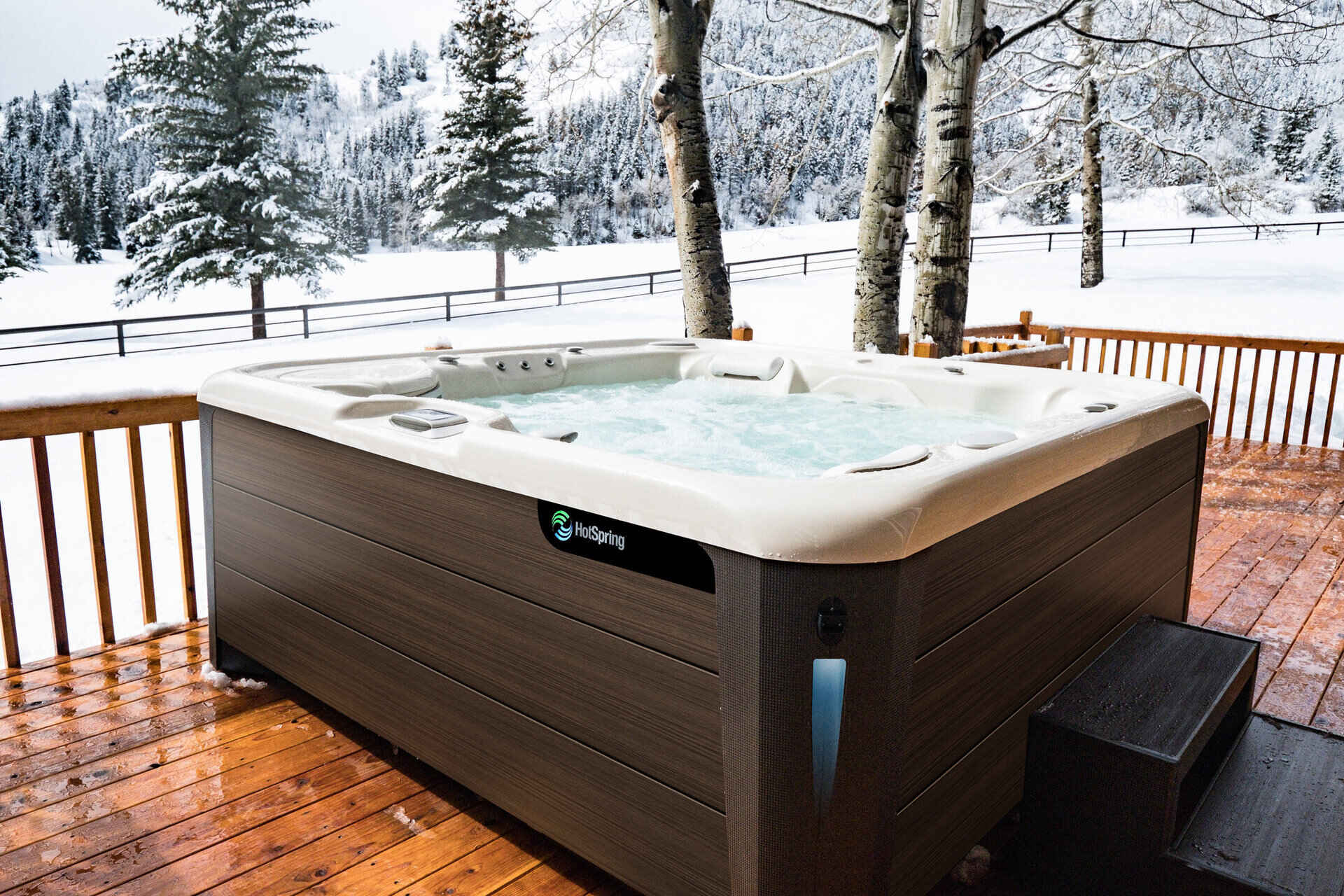

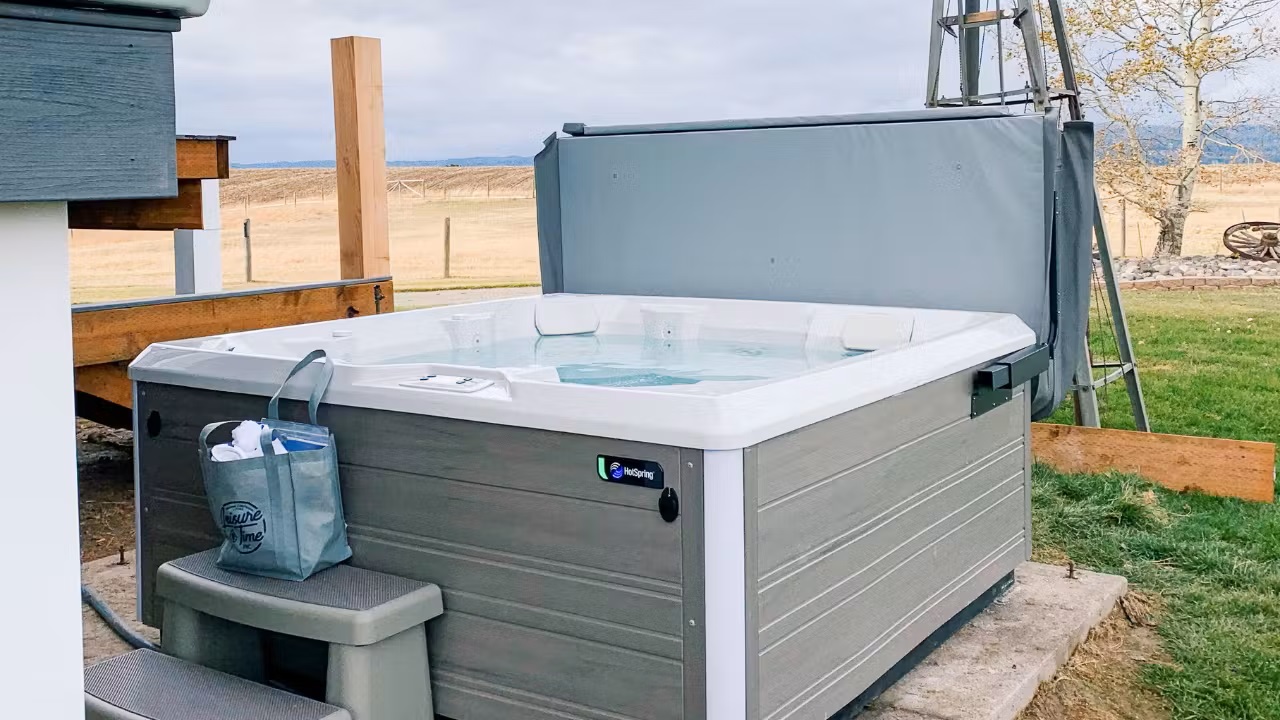
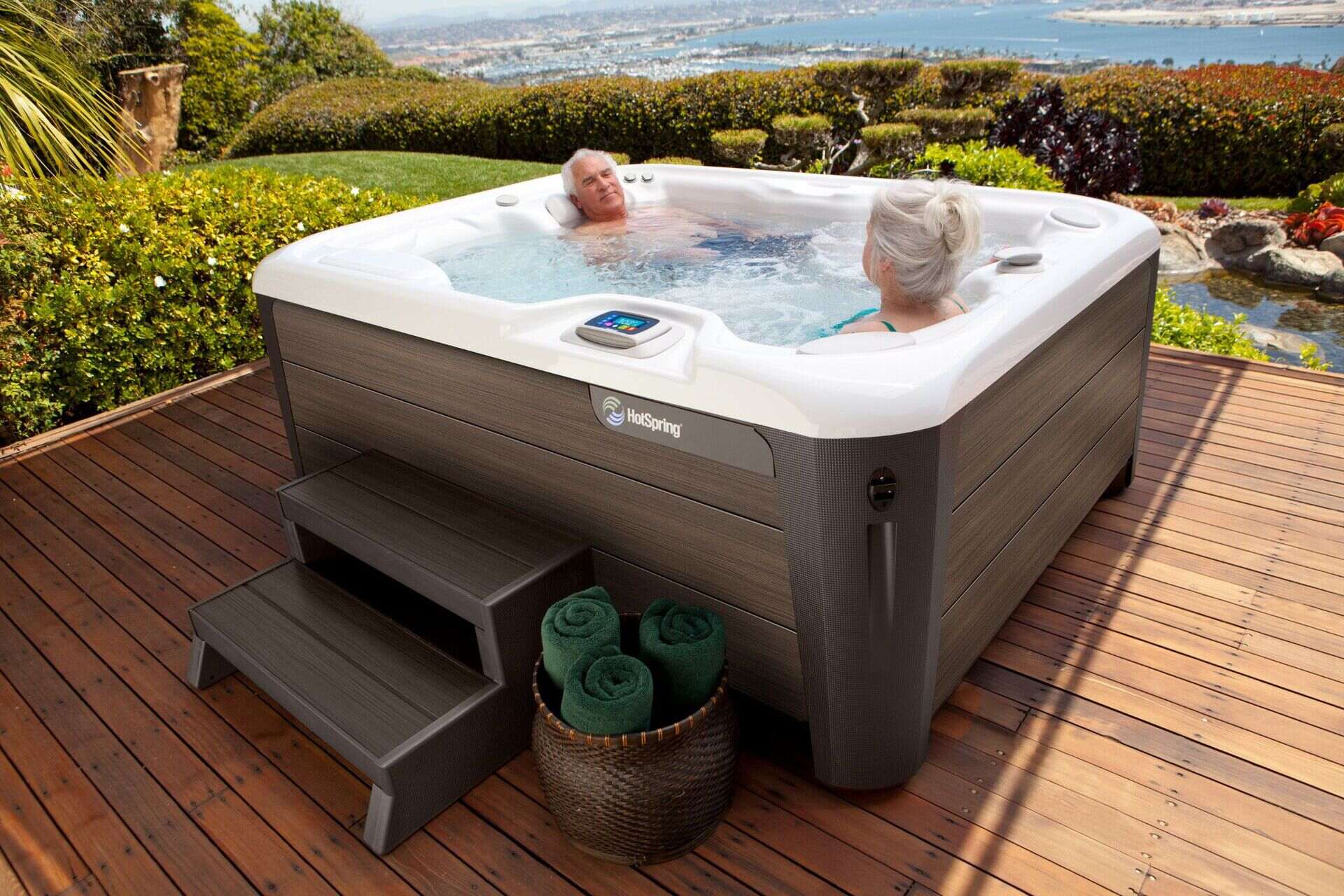
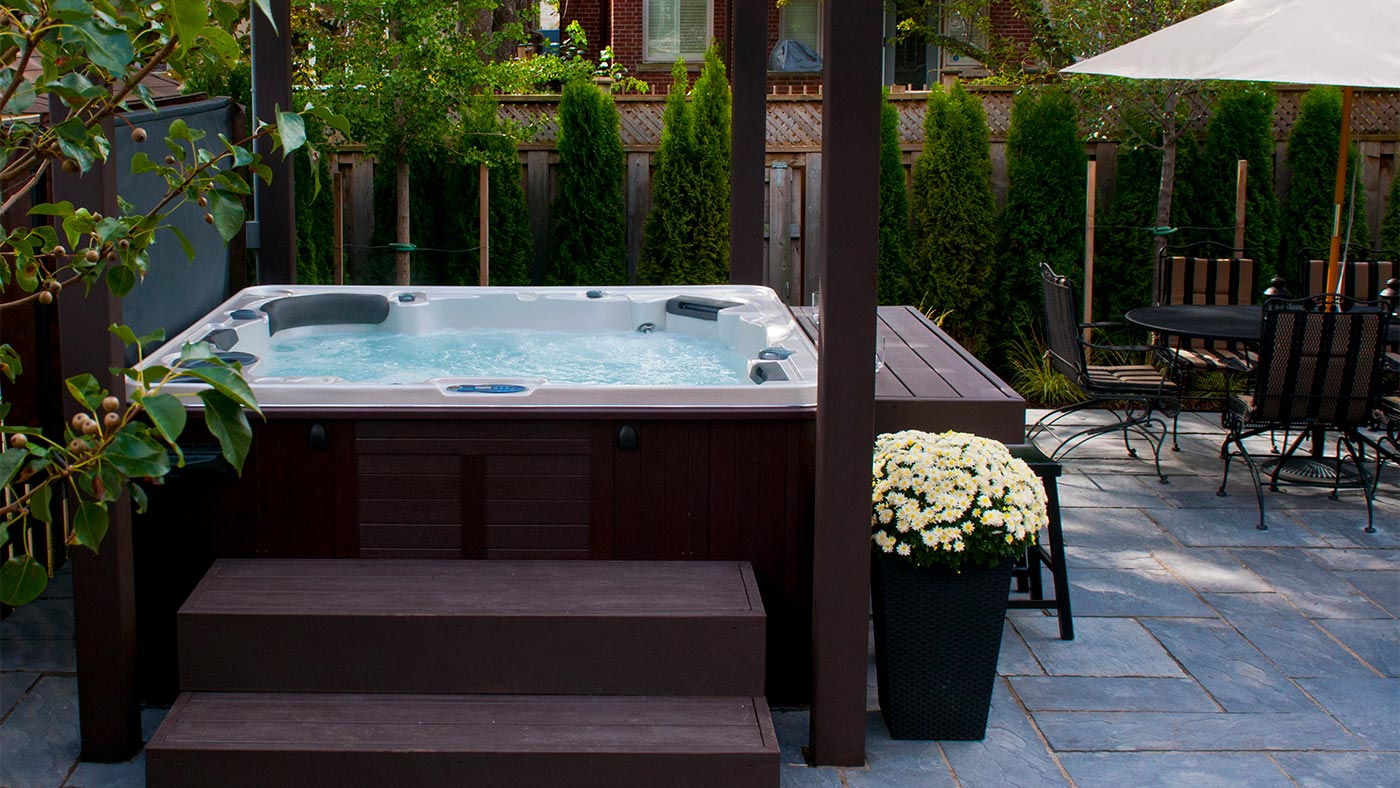
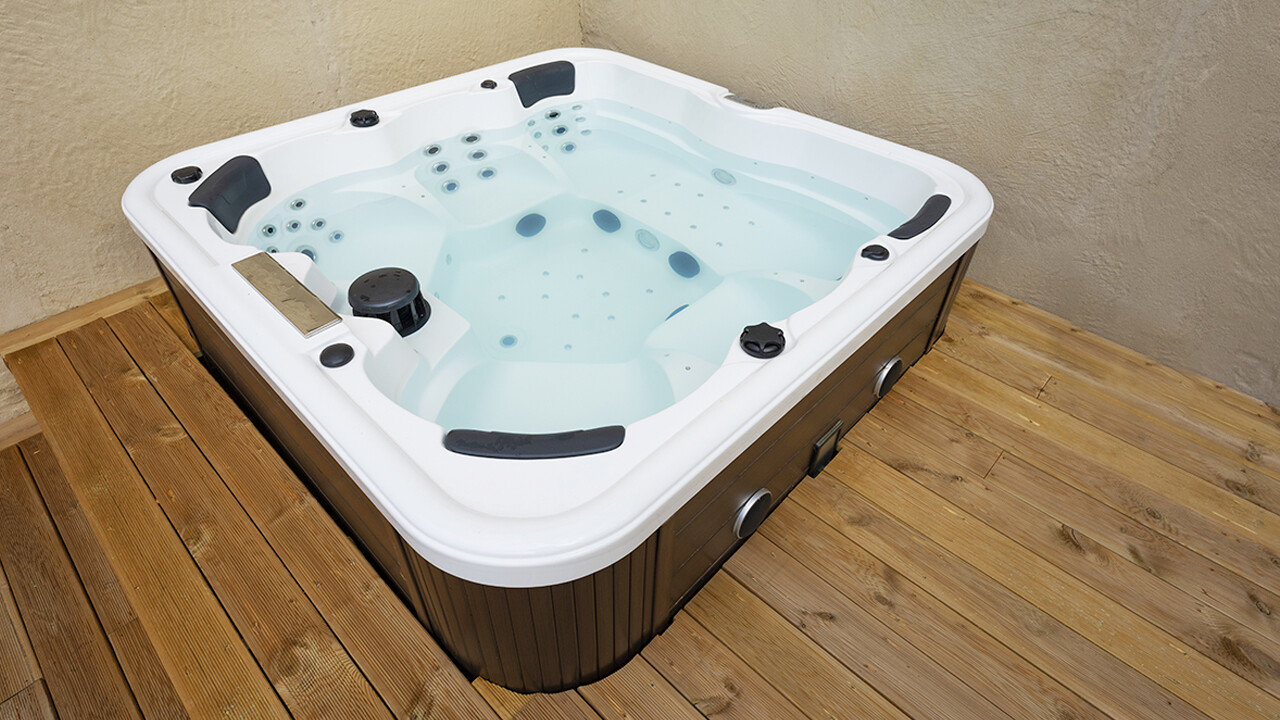
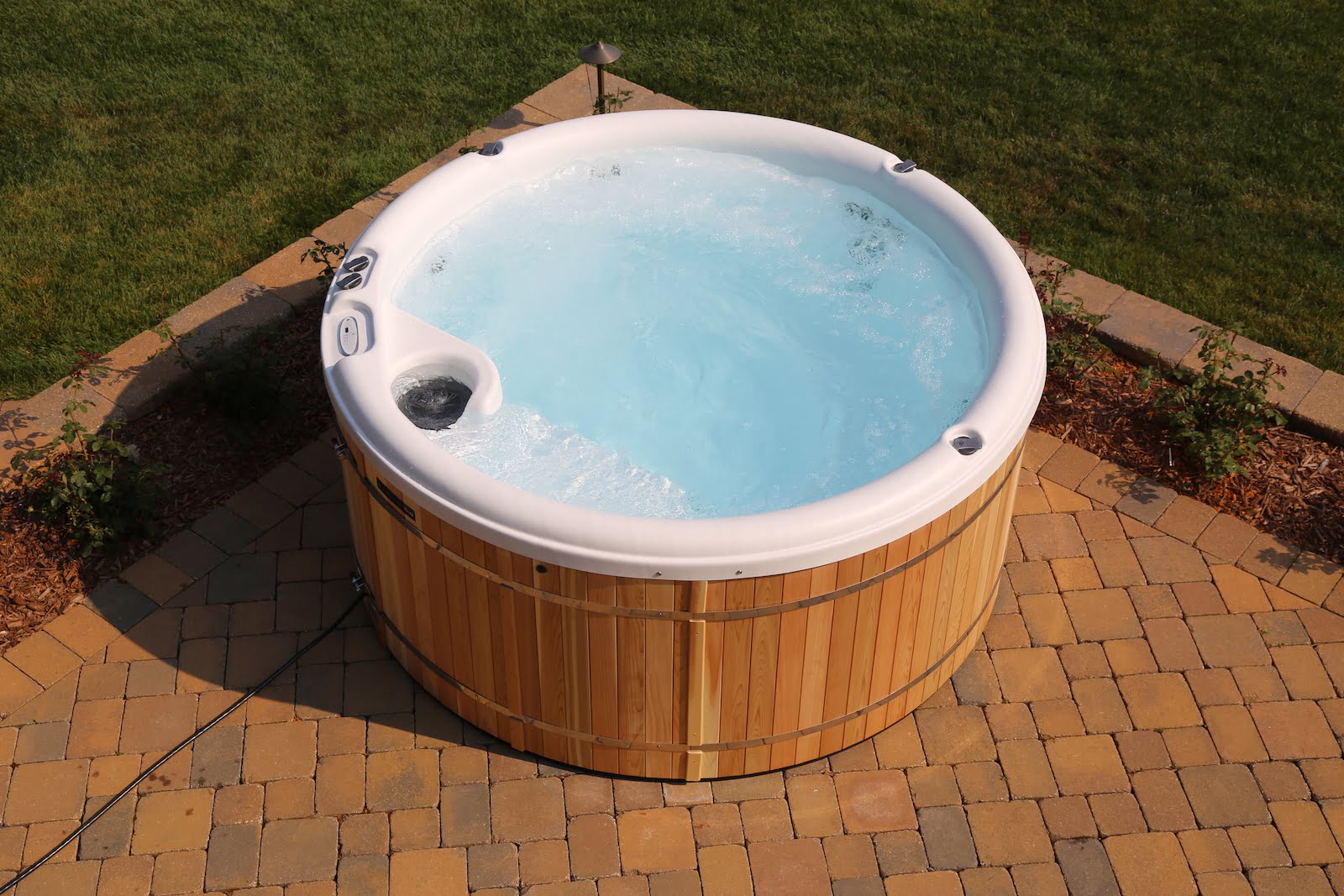
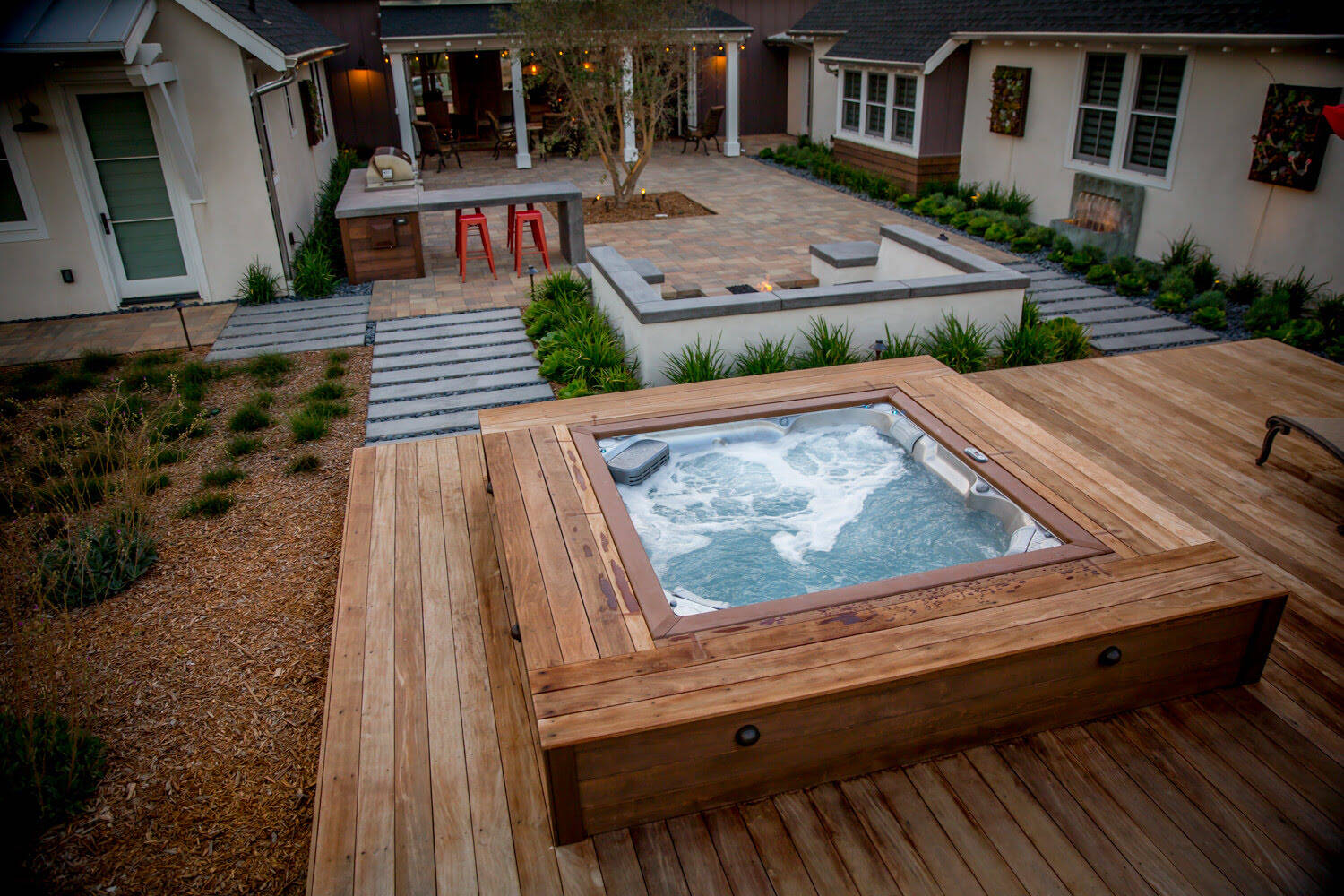
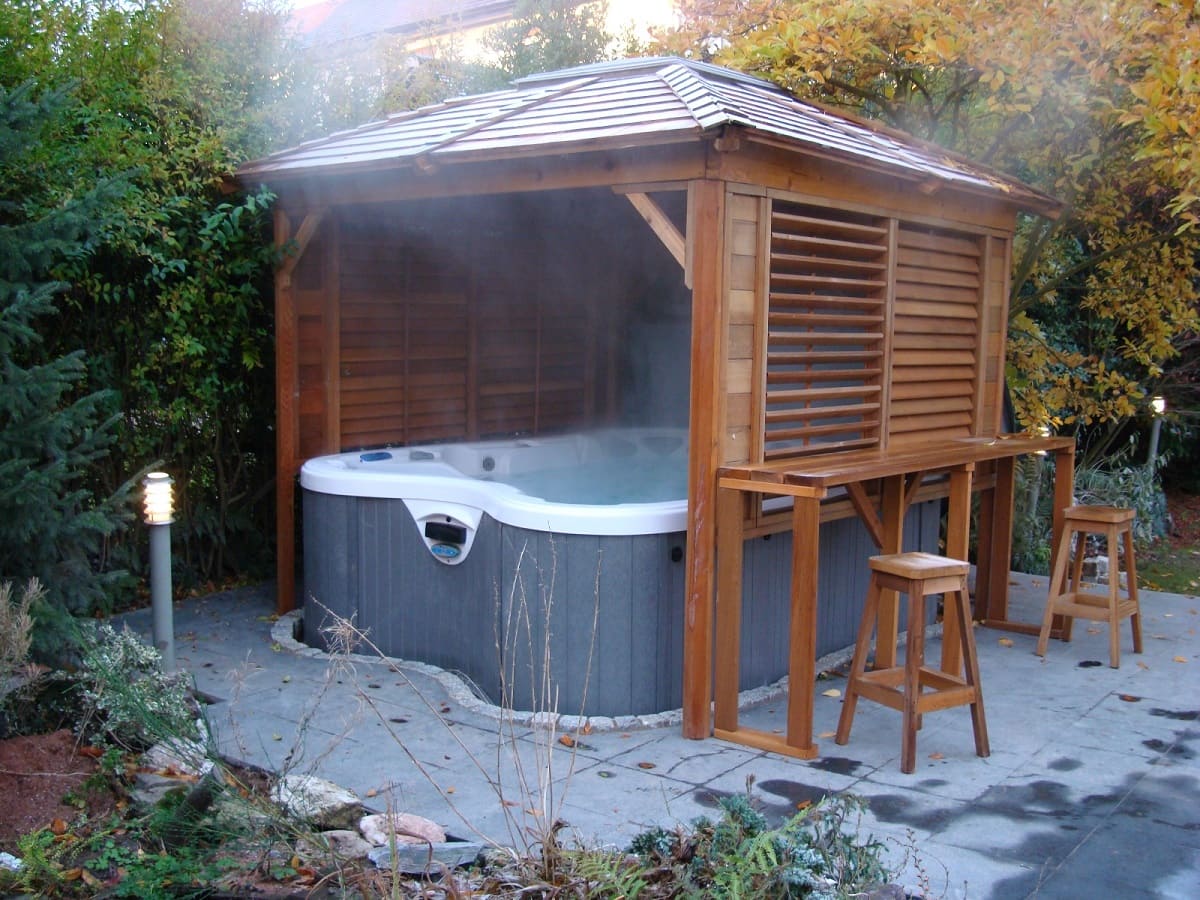
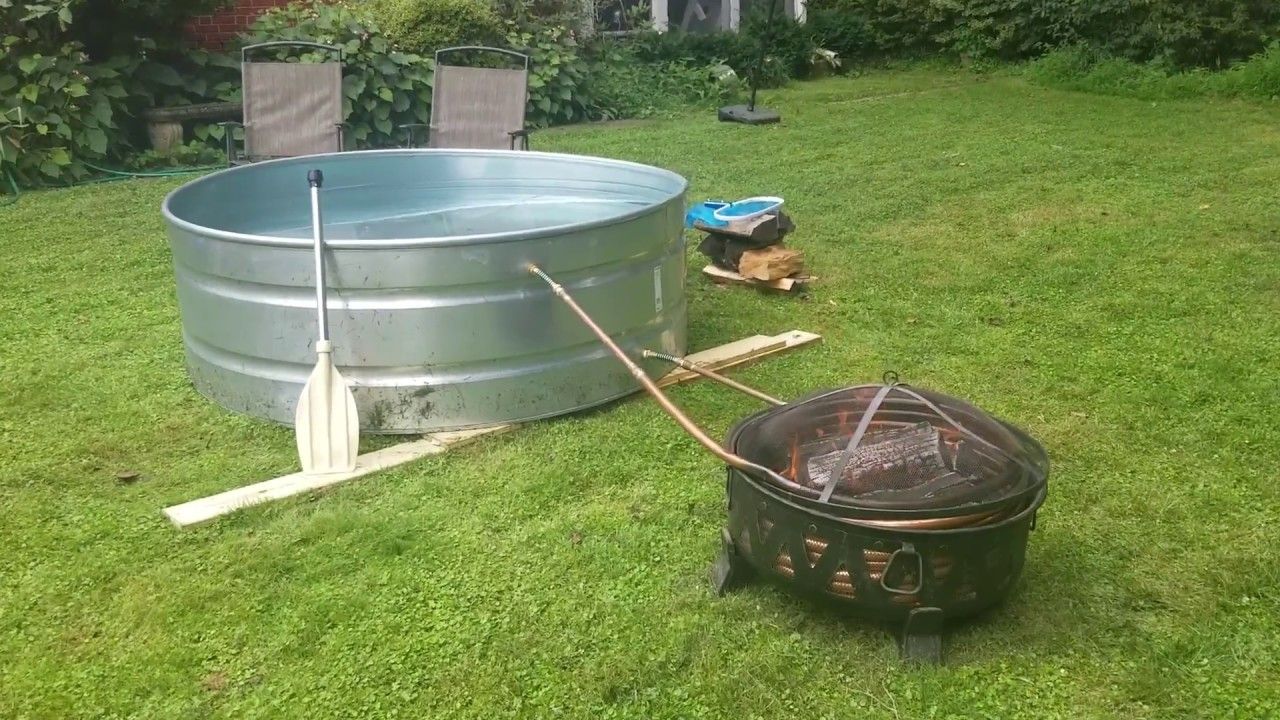
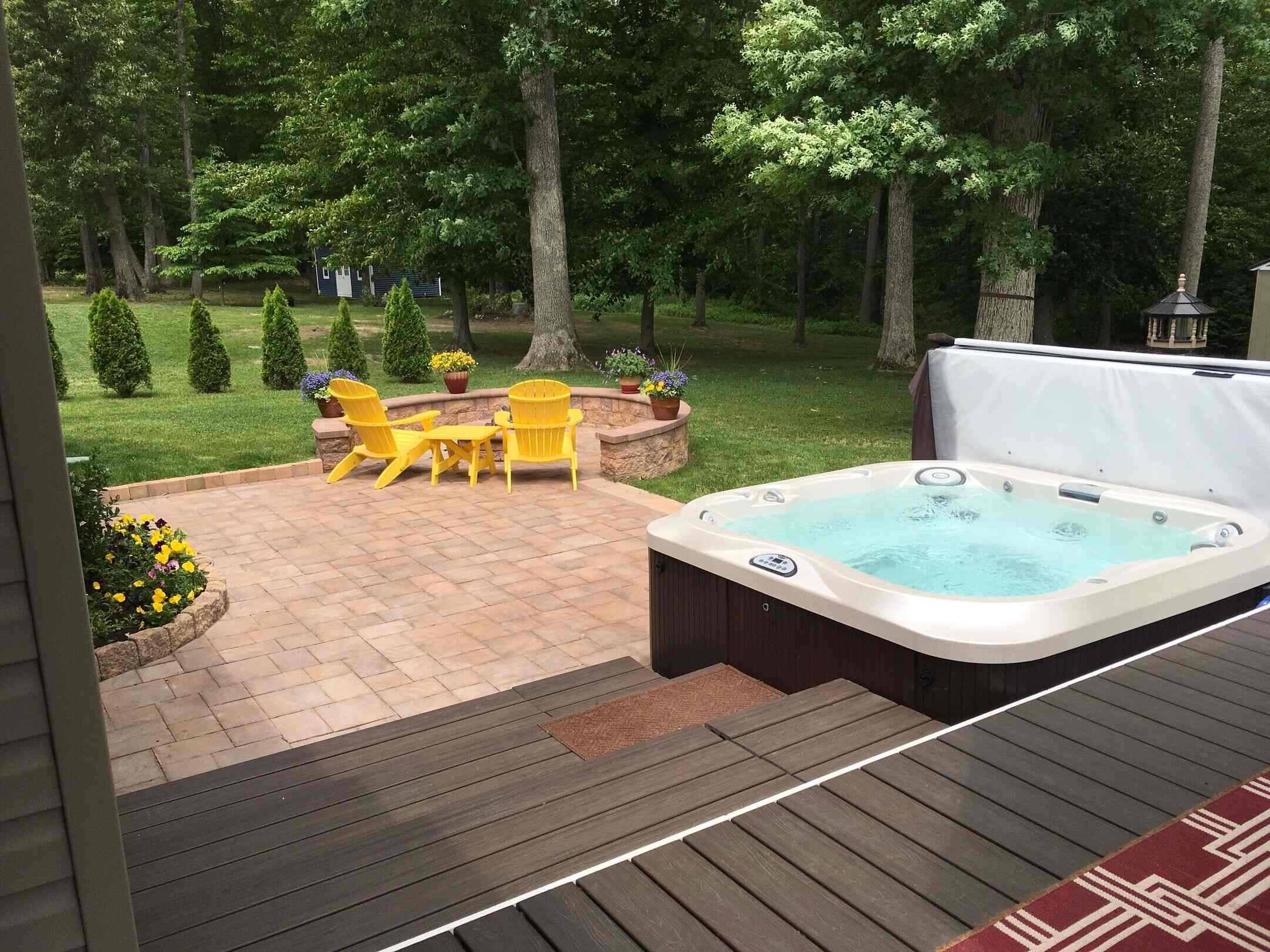
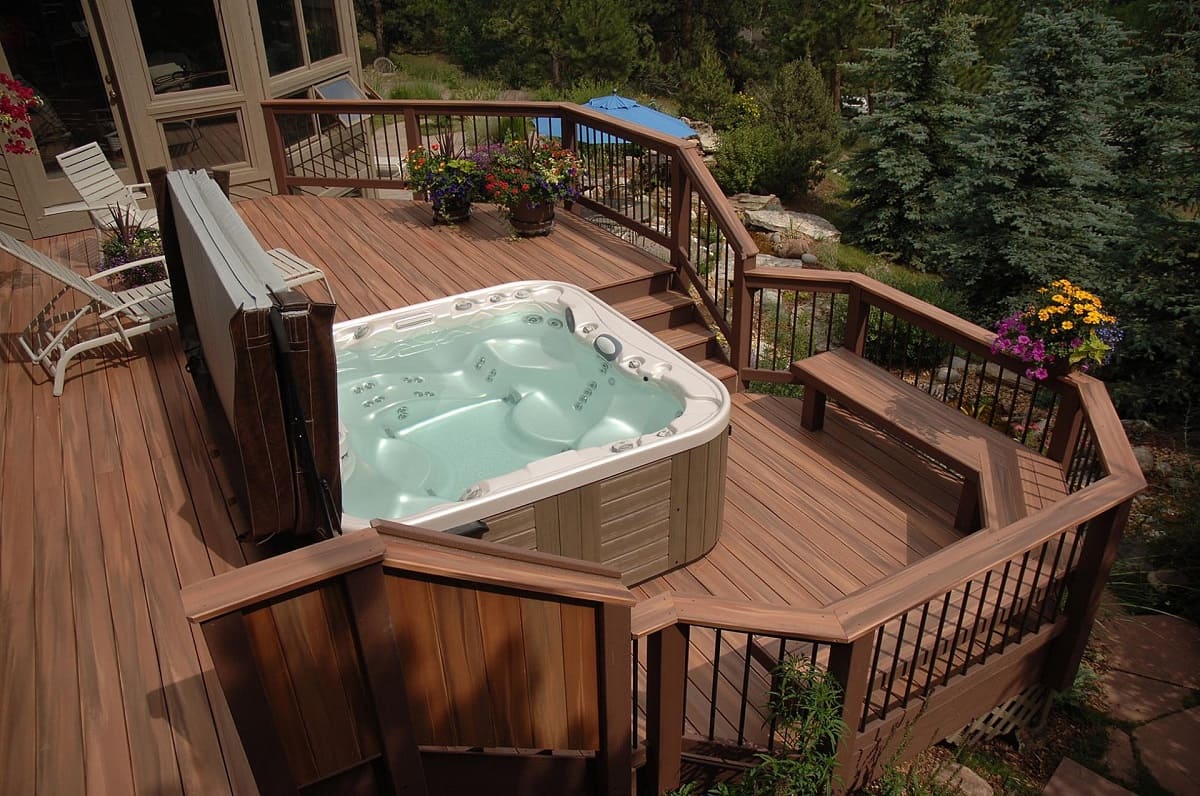
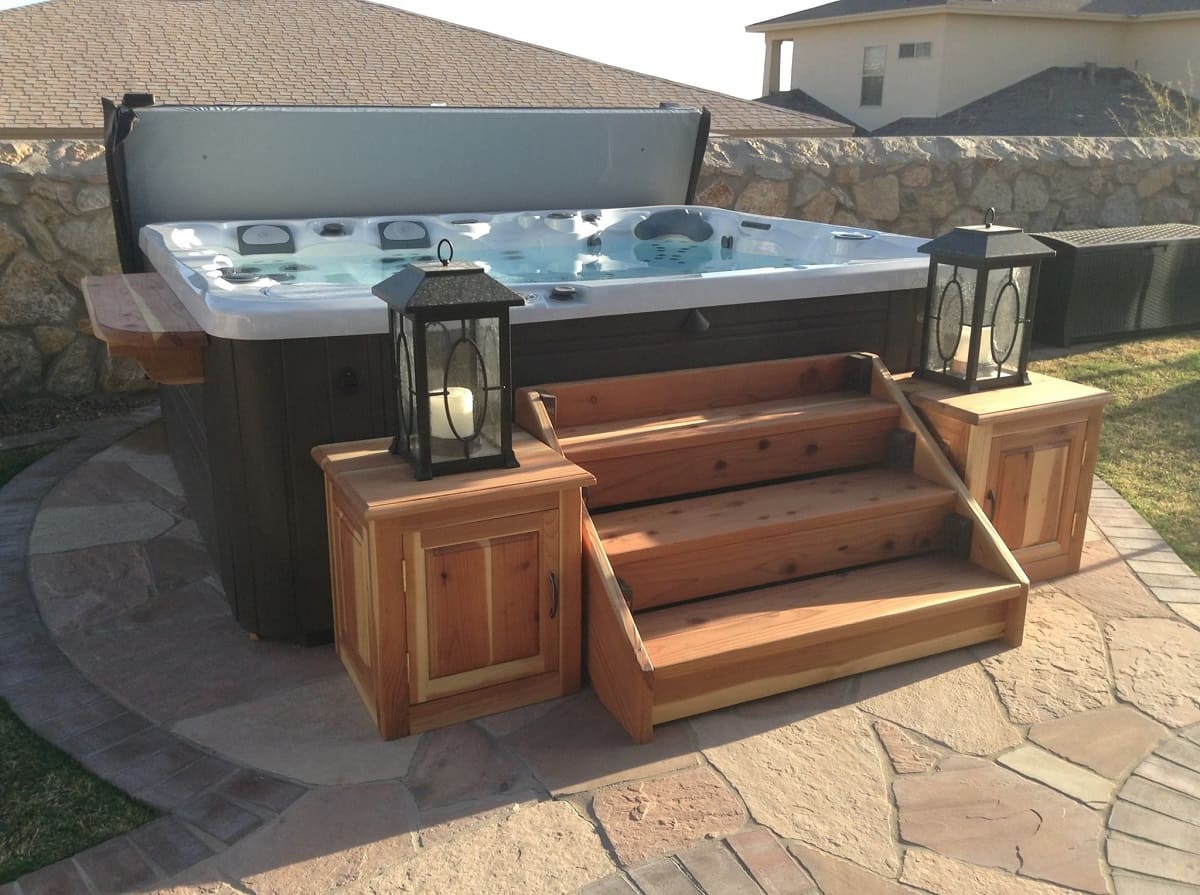

0 thoughts on “How To Build In-Ground Hot Tub”